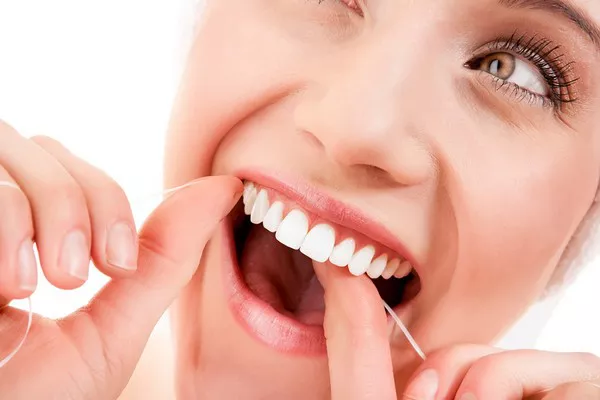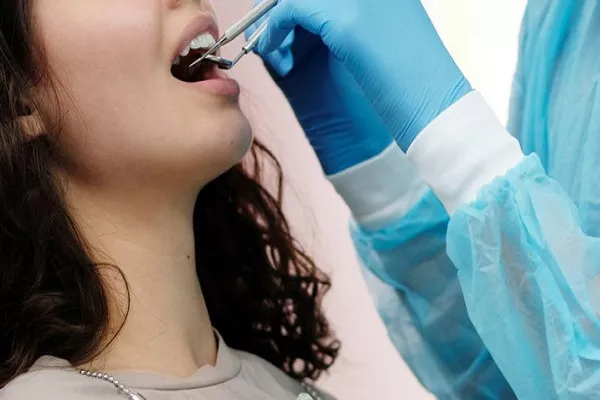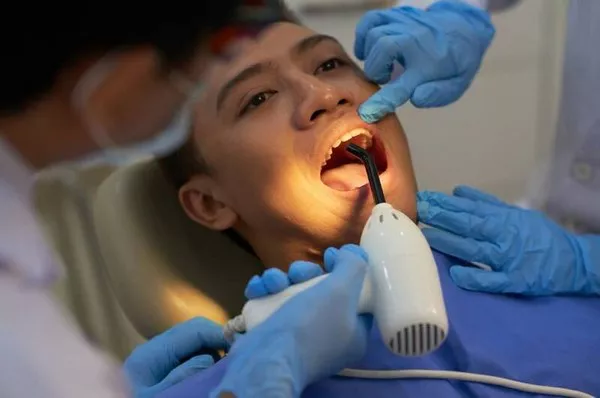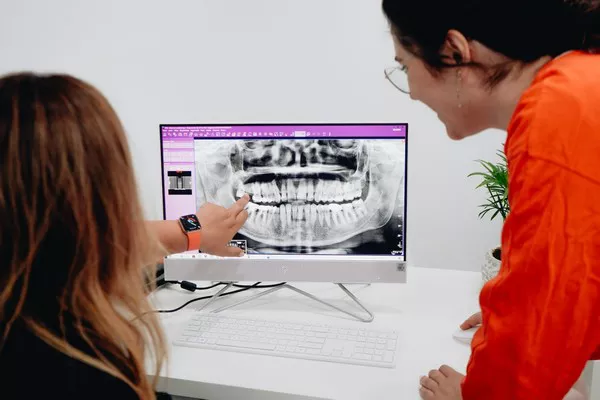The question of whether to brush your teeth after using whitening trays is a common concern among those seeking a brighter smile. Generally, brushing after using whitening trays is recommended to maintain oral hygiene and maximize the effectiveness of the whitening treatment. However, it is important to follow specific instructions provided by the whitening product manufacturer to ensure the best results and minimize potential side effects. This article provides a comprehensive guide on the importance of brushing after using whitening trays, the appropriate timing and technique, additional tips, and when to seek professional advice.
Importance of Brushing
Removal of Whitening Gel
One of the primary reasons for brushing your teeth after using whitening trays is to remove any residual whitening gel. Whitening gels typically contain active ingredients like hydrogen peroxide or carbamide peroxide, which can continue to work on the teeth even after the trays are removed. While these ingredients are effective in bleaching the teeth, leaving them on for too long can lead to increased sensitivity and irritation of the gums and oral tissues. Brushing helps to remove this excess gel, reducing the risk of prolonged exposure and potential discomfort.
Prevention of Staining
Brushing your teeth after using whitening trays helps remove any food particles, plaque, or debris that could contribute to staining. Whitening treatments can make your teeth more susceptible to stains immediately afterward, as the enamel may be temporarily more porous. By brushing, you help ensure that your freshly whitened teeth remain as bright as possible and free from new stains.
Maintaining Oral Hygiene
Maintaining a regular brushing routine is crucial for overall dental health. Even during a whitening regimen, it is important not to neglect basic oral hygiene practices. Brushing twice a day, along with flossing and using mouthwash, helps to keep your teeth and gums healthy, preventing issues such as cavities, gum disease, and bad breath. Incorporating brushing after whitening trays into your routine ensures that you continue to maintain good oral hygiene while enhancing your smile.
See Also: Does Black Light Whiten Teeth
Timing and Technique
Wait for Sensitivity to Subside
After using whitening trays, some individuals may experience temporary tooth sensitivity. This sensitivity is usually due to the active ingredients in the whitening gel penetrating the enamel and reaching the dentin, where the nerves are located. It is advisable to wait for any initial sensitivity to subside before brushing your teeth. This waiting period can vary from a few minutes to longer, depending on the individual and the specific whitening product used. Waiting allows your teeth to recover slightly and reduces the risk of exacerbating sensitivity with brushing.
Use a Soft-Bristled Brush
When brushing your teeth after using whitening trays, it is important to use a soft-bristled toothbrush. A soft-bristled brush is gentle on your teeth and gums, minimizing the risk of irritation or enamel abrasion. Whitening treatments can make your enamel temporarily more vulnerable, so using a soft-bristled brush helps to protect it from damage while still effectively cleaning your teeth.
Gentle Brushing
Gentle brushing is key after using whitening trays. Use short, circular strokes and focus on all surfaces of the teeth, including the front, back, and chewing surfaces. Avoid aggressive brushing, which can cause gum irritation and enamel wear. Gentle brushing ensures that you remove any residual whitening gel and maintain oral hygiene without causing harm to your teeth or gums.
Avoid Abrasive Toothpaste
During the initial post-whitening period, it is recommended to use a non-abrasive or sensitive-tooth toothpaste. Abrasive toothpaste can increase enamel wear, especially when your teeth are already more sensitive from the whitening treatment. Sensitive-tooth toothpaste is formulated to be gentle on your teeth and can help alleviate any discomfort associated with whitening. Look for toothpaste specifically designed for sensitive teeth or those recommended by dental professionals for post-whitening care.
Additional Tips
Fluoride Toothpaste
Using fluoride toothpaste can help strengthen your tooth enamel and reduce sensitivity after using whitening trays. Fluoride helps to remineralize the enamel, making it more resistant to decay and less sensitive to temperature changes. Incorporating fluoride toothpaste into your daily brushing routine can provide additional protection for your teeth and help maintain the results of your whitening treatment.
Avoid Acidic Foods and Beverages
Acidic foods and beverages can temporarily increase tooth sensitivity, especially after a whitening treatment. It is best to avoid consuming acidic items such as citrus fruits, tomatoes, vinegar, soda, and wine for a few hours after using whitening trays. These foods and drinks can further erode the enamel and exacerbate sensitivity. Instead, opt for neutral or alkaline foods and beverages that are less likely to affect your teeth.
Hydration
Drinking plenty of water after using whitening trays can help rehydrate your mouth and neutralize any remaining whitening gel. Water rinses away residual gel and helps maintain saliva production, which is important for oral health. Saliva naturally helps to clean the teeth and neutralize acids, so staying hydrated supports your overall dental hygiene.
Consult a Dentist
If you have sensitive teeth, existing dental issues, or concerns about post-whitening care, it is always a good idea to consult a dentist. A dental professional can provide personalized advice based on your specific needs and circumstances. They can recommend suitable products, such as desensitizing toothpaste or fluoride treatments, and offer guidance on the best practices for maintaining your newly whitened smile.
Conclusion
Brushing your teeth after using whitening trays is generally recommended to remove residual whitening gel, prevent staining, and maintain oral hygiene. It is important to wait for any initial sensitivity to subside before brushing and to use a soft-bristled brush and gentle technique. Avoiding abrasive toothpaste and incorporating fluoride toothpaste can further protect your teeth. Additionally, staying hydrated and avoiding acidic foods and beverages can help manage sensitivity. Always follow the specific instructions provided by the whitening product manufacturer and consult a dentist for personalized advice. By following these guidelines, you can ensure safe and effective post-whitening care, maintaining a bright and healthy smile.
You Might Be Interested In































